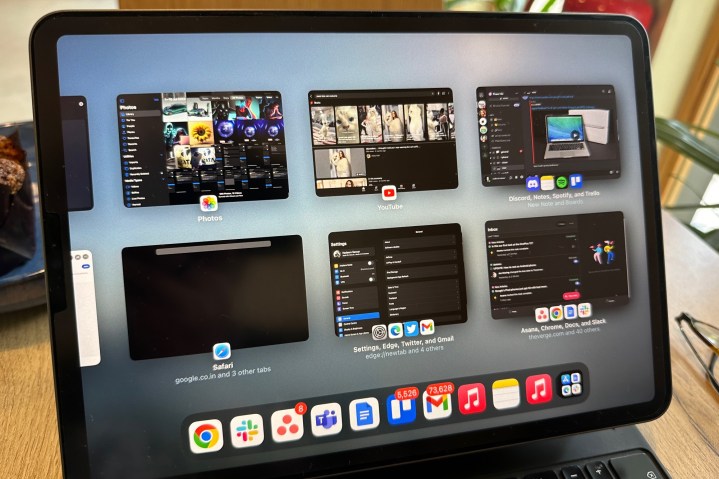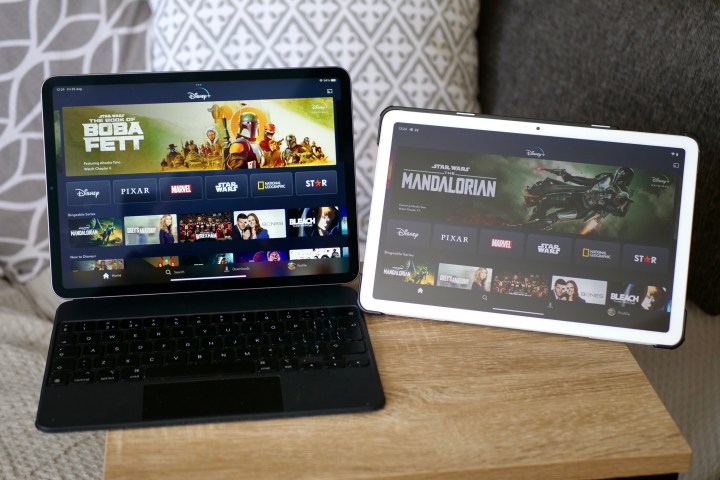Apple typically releases new versions of its products annually, but 2023 was an exception. It was the first year without any updates to the iPad lineup.
Now, we are a few months into 2024, and rumors suggest that Apple might unveil new iPad models this month, possibly as early as Monday or Tuesday. With the recent release of the M3 MacBook Air, it’s natural to anticipate new iPads after a year of no updates.
However, I must admit that new iPads don’t excite me anymore. It has been years since I found the iPad appealing. Here’s why I feel this way and how Apple could change my perspective.
iPadOS is still limited

My primary issue with the iPad lineup is its use of iPadOS. Despite Apple’s efforts to enhance it over the years, it still feels like a stretched version of iOS with limited multitasking capabilities. I have attempted to replace my laptop with an iPad Pro for work, but it always resulted in a frustrating experience.
While Apple has made improvements with iPadOS 17, such as the revamped Stage Manager, my workflow frequently involves tasks that are cumbersome to perform on an iPad, like image editing, file management, and multitasking. These tasks are more efficient on my iMac compared to any iPad model.
Although writing on an iPad remains distraction-free, other work tasks are better suited for a computer. Unless Apple rethinks iPadOS significantly with version 18, my perception is unlikely to change.
Apple has been coasting for years

Andy Boxall / Digital Trends
Besides software limitations, it’s evident that Apple has been relying on the success of the iPad without significant innovation. The lack of compelling Android alternatives has allowed Apple to dominate the tablet market, resulting in a perceived lack of evolution in the iPad and its software.
While Android tablets have their place, they often lack optimization and performance compared to iPads. Google’s failure to address these issues has enabled Apple to maintain its position without pushing the boundaries of tablet technology.
Unlike the iPhone, which continuously advances to compete, the iPad feels stagnant and somewhat unnecessary in my daily routine, stuck between a smartphone and a computer.
The iPad has become too messy

Apple’s iPad lineup has become cluttered compared to its simplistic origins. Currently offering six iPad models in five different sizes, each with varying processors, charging ports, and accessory compatibility, the lineup is confusing and overwhelming.
Rumors suggest the introduction of a larger iPad Air and changes to the iPad Pro lineup. While these changes may bring innovation, the growing complexity of the lineup raises questions about the necessity of additional sizes and features.
Considering the limitations of iPadOS and the overlap in functionality between different iPad models, the need for multiple iPads is debatable for most users. While certain tasks benefit from specific models, the overall lineup seems convoluted and unnecessary.
I remain curious about Apple’s future iPad releases and hopeful for a shift in direction. However, based on recent trends, I am skeptical about significant improvements in the iPad lineup.
Editors’ Recommendations


